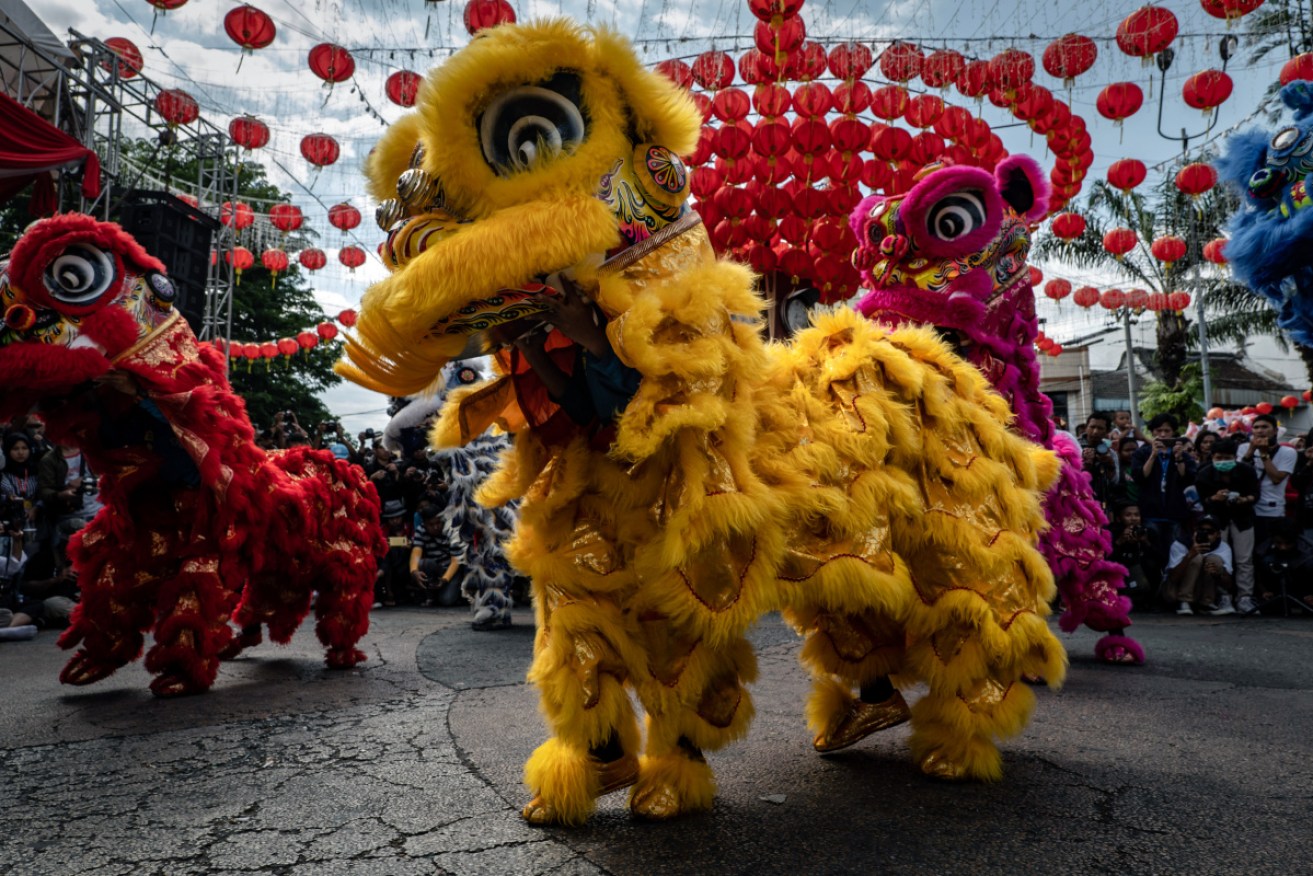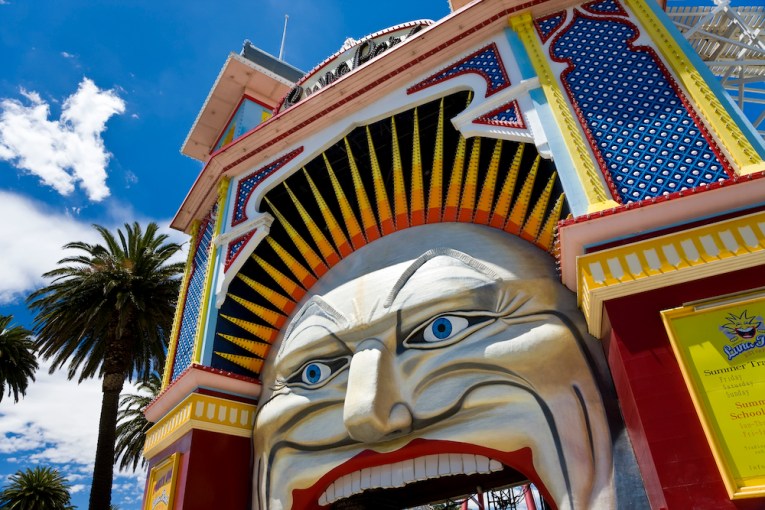Chinese New Year: Traditions, taboos and quirks


Chinese New Year celebrations are just starting out – expecting plenty of lion dancing, lanterns and dumplings. Photo: Getty
Beyond dancing dragons, firecrackers and lanterns, there’s a deep symbolism to Chinese New Year.
Also known as the Spring Festival, it’s the start of the new year in the traditional Chinese calendar – and celebrated as such.
This year, the festival runs from January 25 to February 8 and, according to the Chinese zodiac, marks the start of the year of the rat.
Across Australia – as well as the world – Chinese New Year festivities are taking over the streets in sweeps of red and gold.
Here’s a quick guide to the traditions, taboos and quirks of the celebrations.
The Year of the Rat
It’s the Year of the Rat, the first animal in the Chinese zodiac.
The most recent birth years for rats are 2008, 1996, 1984, 1972, 1960, 1948 and 1936.
If you were born in these years, congratulations: You’re most likely a quick-thinker who is happy with a quiet and comfortable life. You might also find that most people warm to you easily.
But don’t go thinking 2020 is your year – ancient legend has it your zodiac year will be your most unlucky.

Welcome to the year of the rat. The rat is the first animal of the Chinese zodiac. Photo: Getty
According to legend, the rat became the first animal in the zodiac by way of trickery.
The Jade Emperor, when creating the 12-animal zodiac, threw a party and said the order would be decided by who arrived when.
The rat managed to grab a ride to the party on the ox, in the guise they’d arrive together.
But at the last minute, just as the finish line neared, the rat jumped off the ox and over the line first. Tricky.
I see red … a lot of red
It would be hard to find a time of year when there’s more red around, than Chinese New Year.
That’s because, in Chinese culture, red is a very powerful and lucky colour.
As part of the festival, children are given red envelopes filled with money – and the money is lucky.
Called red packets, they’re given from elders to youngsters as a symbol of transferring fortune from one generation to another.

What’s a big, scary monster afraid of? Lanterns, loud noises and the colour red of course. Photo: Getty
Red gets its power from the legend of Nian, a monster with the body of a bull and the head of a lion who would threaten villages in ancient China.
Every winter, on the first day of the new year, he’d descend from his home in the mountains to the villages below to find food.
The villagers, understandably, didn’t want to be hunted so they found out what scared him – the colour red, fire, and loud noises (the last two explain the firecrackers, too).
Hence, there’s a lot of red around at this time of year.

The Chinese traditional of handing children red envelopes of money has shifted online – now you can e-gift your mate some digital fortune. Photo: Getty
What not to do
There’s a long list of stuff you shouldn’t do during Chinese New Year.
For one, on New Year’s Day – this year, the 25th – you can’t shower or wash.
And you’ll have to wait until the fifth day of the new year to do any sweeping or throwing out any trash. (You should’ve already done it all before the festival started.)
You also have to make sure that if you’re in need of a trim, you visit the hair salon before the festival starts.
It’s super bad luck to get a haircut throughout the festival – so bad that most hairdressers just shut down in general.
Also, watch your mouth. Not just for cussing but for any negative words (death, pain, ghost, break, kill, etc) – utter them and you’re dooming not only yourself, but your loved ones, too.

What better way to welcome the Chinese New Year than with a plate of dumplings? Photo: Getty
Tuck in
Despite all the things you can’t do, there’s a whole lot you’re encouraged to do. And a lot of that involves eating.
For one, traditionally, you should have dumplings for breakfast, lunch and dinner. Excellent.
As with the Western plum pudding, some people will chuck a coin in one sole dumpling.
Whoever eats this dumpling gets not only a cracked tooth, but a year of good luck.
Spring rolls are also a biggie at this time of year (no complaints again) and they symbolise, as per the name, the start of spring.
For more food with meaning, look to noodles.
They’re often cooked in tandem with dumplings to represent prosperity.
And your choice of meat or vegetable accompaniment to your noodles carries weight, as well.
For example, seafood is all about wealth – lobster, prawn and fish are all variations on fortune and plenty of it.
Meanwhile, duck is loyalty, eggs are for a healthy family, and for those who like peaches with their noodles, it’s a wish for longevity.








